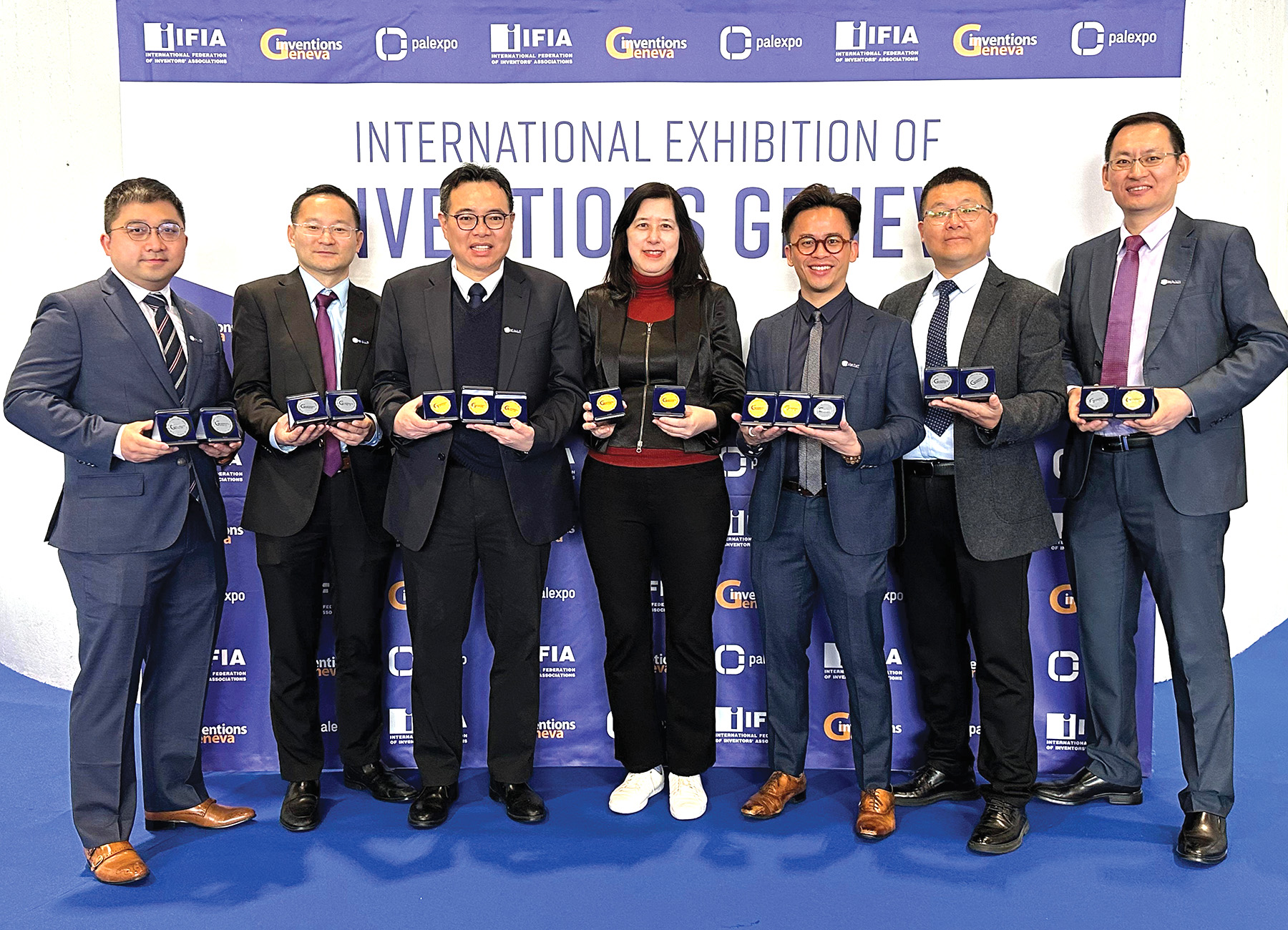
Leveraging its extensive access to world-class university resources, Hong Kong enjoys a distinct edge in scientific research and innovation. However, the key challenge lies in effectively translating local technology into viable commercial projects.
To further promote the transformation of research and development outcomes, the Innovation and Technology Commission of the Hong Kong Special Administrative Region government has established five applied research and development centers with various types of funding support, covering automotive, textiles, information, logistics and material technology applications.
One of the centers is the Nano and Advanced Materials Institute, incorporated in 2006. Serving as a bridge among research institutions, businesses, and the market, the institute has incubated more than 500 projects since its inception.
READ MORE: Chan: Comprehensive ecosystem for tech firms key to economic growth
It has won a multitude of prestigious awards. In April, the institute grabbed four awards at the prestigious Edison Awards and 17 medals in the 2024 International Exhibition of Inventions Geneva.
“We’re dedicated to facilitating the commercialization of technological breakthroughs, promoting Hong Kong’s new industrialization, driving economic growth and fostering sustainable development,” says Daniel Yu, chief executive officer of NAMI.
He noted that, with more than 300 patents, NAMI has harnessed its innovative technologies to support leading applied research and technology transfer of nanotechnology and advanced materials in particular.
Nanotechnology refers to the science and technology conducted at the nanoscale, utilizing materials with dimensions ranging from 1 nanometer to 100 nm — approximately 1,000 times smaller than the diameter of human hair — to fabricate useful materials, instruments and systems.
While many research endeavors demonstrate exceptional capabilities within the laboratory, translating them into real-world applications can be challenging. Yu said NAMI stands out in applied research, deeply understanding market demands and precisely identifying the direction for product development.
The institute has gathered more than 200 research and development professionals, with approximately 60 percent holding doctoral degrees, and invested about HK$200 million ($25.6 million) in about 50 projects per year. It also collaborates extensively with renowned universities in the SAR. Its chief technology officer Tracy Liu says professors and researchers play a vital role in theoretical research and computational modeling, paving the way for commercialization.
“However, it’s the enterprises and markets that drive the direction of research towards commercialization, so effective communication and collaboration between research institutions and businesses is essential for successful technology transfer,” she says. “The engineering-oriented mindset is crucial to the process, considering factors such as yield rate in mass production and ensuring the uniformity.”
As to cooperation in the Guangdong-Hong Kong-Macao Greater Bay Area, she said NAMI aligns its research focus with the development directions of the region.
“Production of electronic materials is one of Shenzhen’s strengths; Zhuhai focuses on the development of biotechnology materials, and Foshan excels in ceramics and building materials. These industries are in line with the development roadmap of NAMI, which specializes in five sectors — construction, electronics, energy, environmental and healthcare.
Yu is confident that new opportunities are brewing in the development of the Greater Bay Area. “Many firms in the area are interested in cooperating with us, and we have been actively participating in events and organizing symposiums in the area since last year.”
ALSO READ: EPiC battle sees startups chase glory in Hong Kong
NAMI has embarked on a strategic partnership with Nox Bellcow Cosmetics Co Ltd — a leading cosmetic manufacturer in Zhongshan, Guangdong province — to jointly promote the Probiotics Revitalizing System for skin microbiome balance, as well as restoration of skin microbiome balance with live and colonizable probiotics.
The institute signed a trilateral memorandum of understanding with the Foshan Nanhai Productivity Promotion Center and the Hong Kong University of Science and Technology’s LED-FPD (light-emitting diode and flat panel display) Technology R&D Center in Foshan earlier this year, aiming to collaborate in the transformation and commercialization of novel advanced materials technologies, and nanotechnology.
The first NAMI branch in Shenzhen will soon be set up.


